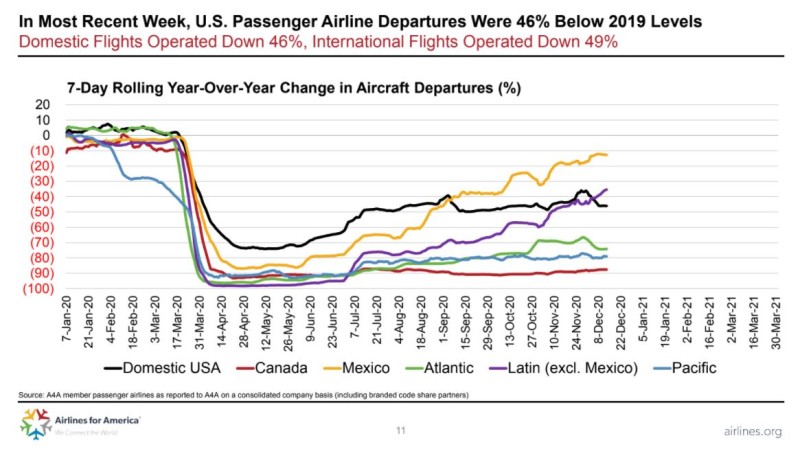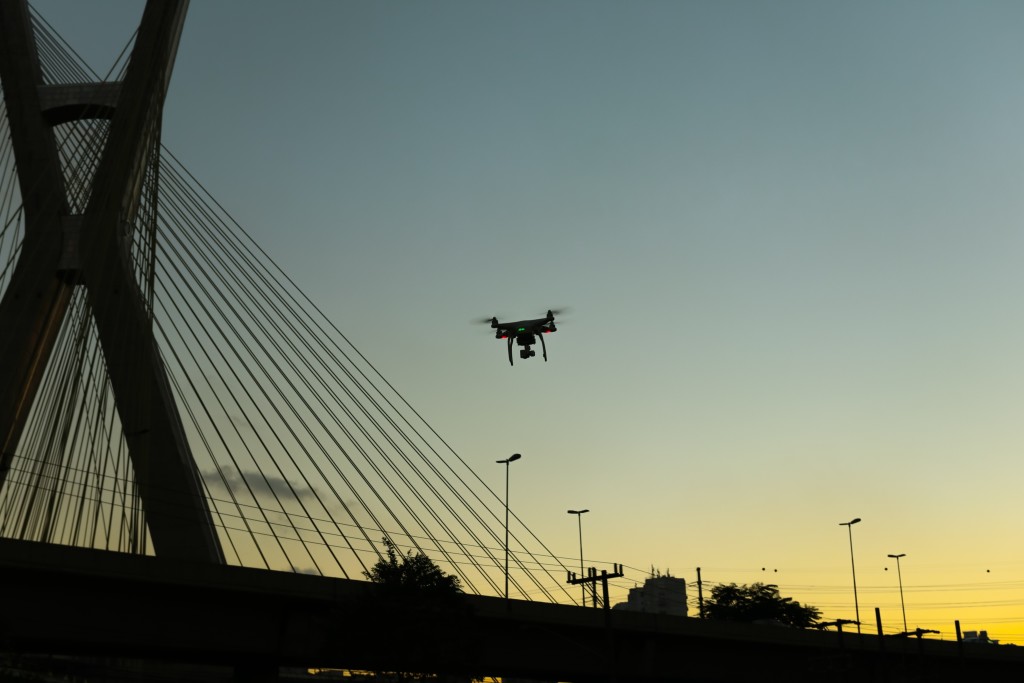With recent headlines about Amazon divesting its drone business and Uber selling its Uber Elevate initiative to Joby Aviation, there’s a temptation to think that the viability of an integrated, airway-redefining UAV/UAM ecosystem is at a dangerous crossroad. The reality is that such developments aren’t so much about danger as they are about evolution, which is why we need to dig a little deeper to find out if the headlines are compatible with the news.
A few days after the announcement that Uber Elevate would become part of Joby Aviation, the Wall Street Journal reported that the Pentagon would invest $100 million in Joby’s eVTOL platform. Specifically, the Air Force, through its Agility Prime Initiative, has issued a first-of-its-kind safety endorsement of an eVTOL. It’s a development that effectively opens the door to using these pieces of commercially developed equipment for military missions.
This initial stamp of approval is meant to lay the groundwork for eventual civilian certification of the technology and even approval of autonomous flights crossing American cities, industry and military officials said. Even though the current version does require a pilot, the vehicles have been designed to be, eventually, autonomous. That groundwork lines up precisely with the full autonomy that defines Urban Air Mobility (UAM) ecosystems that will also incorporate unmanned aerial vehicles (UAVs).
This integration of UAM with UAVs is the ultimate goal of many drone industry stakeholders, whether they specifically call out such a vision or not. So, for the purposes of our analysis, we will address them jointly as “The Industry”.
Defining a UTM ecosystem
In previous articles we have written about the need for a separate traffic management system that will not add to the existing air traffic control (ATC), which mostly relies on voice commands and ground-based radar stations. This new UAS traffic management (UTM) system will cover all non-traditional aircraft sharing controlled airspace. This vision for the airspace has been defined in detail and has been an active goal for numerous organizations like NASA and even the Federal Aviation Administration (FAA) itself. The issue we see today is that the slow pace of regulation development is making investors nervous.
Even though UAM is mostly directed at moving human passengers in urban locations, the need for a safe and reliable way to go from point A to point B is common to delivery drones in rural settings. Working through such details in these empty skies would have provided incredible insight on multiple levels that would have truly defined this UTM ecosystem for not only UAM, but also for operations like package delivery. These insights would have been essential, since the costs and logistics of such operations are not widely understood.
In the delivery chain, the most efficient segment is when a cargo plane with hundreds of thousands of packages goes from the hub airport to its destination and the least efficient link in that chain is when a two-ton truck delivers an individual package to a house or office.

What the Industry is trying to do is to double the efficiency of the least efficient link in the chain. That is an improvement of 100% in your worst segment. Companies spend millions of dollars a year trying to improve 10% or 15%, imagine what they would give for 100%!

With that kind of improvement, it’s easy to assume that companies like FEDEX, UPS, and DHL are exerting enormous pressure on the regulators, as well as investing millions of dollars in developing autonomous platforms that would allow them to increase efficiency and decrease carbon footprint. But if that’s the case, why is it taking so long!?
Simply put, it’s because enabling that kind of 100% increase in efficiency for drone delivery in this kind of UTM ecosystem would mean adding thousands, if not hundreds of thousands of non-traditional aircraft to an already crowded sky, which is filled with commercial flights with an impeccable record of safety and reliability. That’s over 9 Billion passengers in 11 years without a fatal accident attributable to human error. It’s difficult to adjust or alter any system that is showing that kind of reliability. That’s ultimately the crossroad The Industry finds itself at though.
To enable the efficiencies that were just mentioned, we’d have to alter this incredibly reliable and efficient system. That makes stakeholders and organizations like the FAA justifiably nervous. However, if the Industry cannot begin to show results, and yes, I mean profits, investors will leave the space in search of other more immediate opportunities.
The FAA and the Future of the Airspace
We recognize the fact that the FAA is trying its best to advance the cause of adding non-traditional aircraft to the National Airspace (NAS) and sincerely applaud their efforts, but the fact remains that if results are not concrete soon, the promise of pilotless aircraft and contactless deliveries will remain just that: a promise.
The technology is here. Thanks to major advances in detect and avoid (DAA), UTM systems that guarantee interconnectivity with ATC and neighboring aircraft, and parachute deployment devices that safeguard people on the ground. With all this coupled with the participation of NASA, we know that such UTM ecosystems are not only technically possible, but they’ll be safe and reliable. All we need is a spark of creativity and willingness to partially deploy these systems in rural and certain urban settings to help define real-life situations. Such developments will majorly advance the cause of massive deployment.
As a manned aircraft pilot, I’m not advocating for a reduction of safety or a compromise on proven standards. However, as a drone pilot and firm believer in the benefits to society of our industry, I would like to see more real progress, more often. The benefits of such progress have been evident this year, since the 2020 pandemic has demonstrated that contactless deliveries are necessary. Thankfully, it has also enabled something more concrete in terms of regulation and rollout that should be very relevant to the FAA.
The U.S. Food and Drug Administration (FDA) has taken unprecedented measures to approve vaccines and COVID-19 tests to make sure we bend the curve and reduce fatalities. If one federal agency can do it with lifesaving actions, why can’t the FAA do the same? Why is it so difficult to approve a couple of delivery routes and air taxy “lanes” to see how we do in terms of safety and efficiency?
We lost a golden opportunity in March, April, May and June when the skies were empty, and the conditions were there for safe tests on non-traditional aircraft in real life scenarios, but it is not too late to act. Still the NAS is rather empty and the conditions are favorable for testing with a high degree of safety for the flying public.
In a report updated on December 16, the organization Airlines for America disclosed that commercial airline departures are down 54% in comparison to 2019 levels, which means that the skies are still more than 50% freer than a year ago. What are we waiting for?

Image Courtesy of Airlines for America
We keep reading news about DHL delivering packages in Malaysia, delivery routes being opened in Singapore, the UK Postal Service using fixed wing UAVs to deliver mail in England and many more, but it all feels like drops in a bucket and the reality of a massive deployment of unmanned aircraft remains elusive.
I am an optimist and passionately believe it is not too late to open the NAS to certain urban and rural regular deliveries of cargo and passengers. We need to label these carefully as pilot routes, not tests, to give investors a glimpse into what’s possible in terms of efficiencies and safety in an industry that’s ready to become mainstream and help humanity with contactless deliveries and a smaller carbon footprint.
I urge you to reach out to the FAA and to your member of Congress, through social media, to let them know that this is the time for these pilot projects, to raise a voice on behalf of an industry in need of a final push to become part of our daily lives for good.















Comments